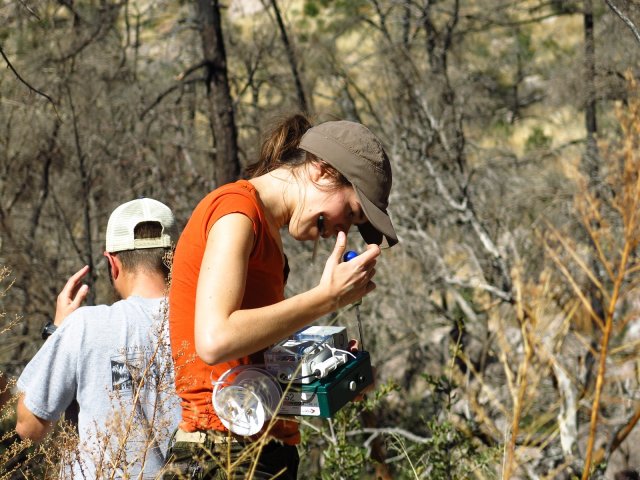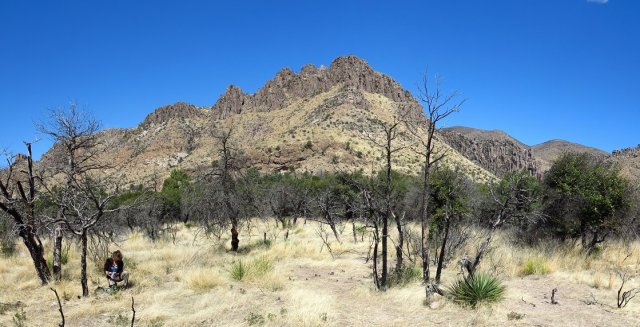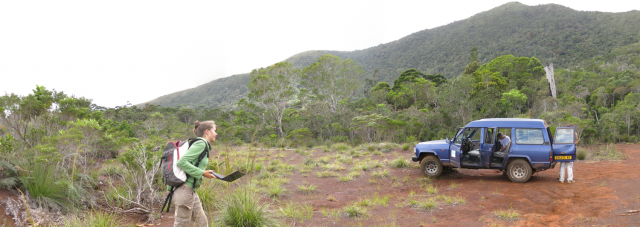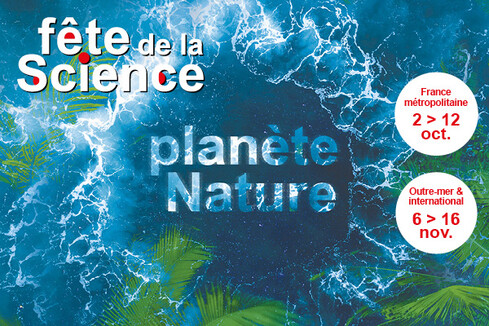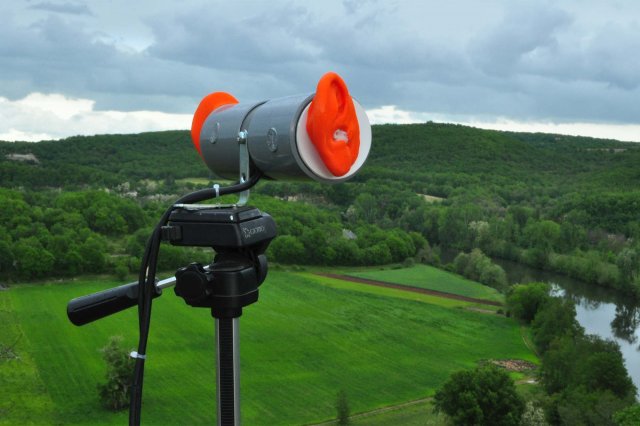Barbaro, L., Sourdril, A., Froidevaux, J.S.P. Cauchoix M., Calatayud F., Deconchat M., Gasc A. (2022). Linking acoustic diversity to compositional and configurational heterogeneity in mosaic landscapes. Landscape Ecology.
Ghadiri Khanaposhtani M, Gasc A, Francomano D, Villanueva-Rivera LJ, Jung J, Mossman MJ, Pijanowski BC (2019) Effects of highways on bird distribution and soundscape diversity around Aldo Leopold’s shack in Baraboo, Wisconsin, USA. Landscape and Urban Planning, 103666.
Bellisario KM, VanSchaik J, Zhao Z, Gasc A, Omrani H, Pijanowski BC (2018) Contribution of MIR to soundscape Ecology. Part 2 : Spectral timbral analysis for discriminating soundscape components. Ecological Informatics, 51:1-14.
Gasc A, Gottesman BL, Francomano D, Jung J, Durham M, Mateljak J, Pijanowski BC (2018) Soundscapes reveal disturbance impacts : biophonic response to wildfire in the Sonoran Desert Sky Islands. Landscape Ecology, 33:1399-1415.
Gottesman BL, Francomano D, Zhao Z, Bellisario K, Ghadiri M, Broadhead T, Gasc A, Pijanowski BC (2018) Acoustic monitoring reveals diversity and surprising dynamics in tropical freshwater soundscapes. Freshwater Biology. DOI : 10.1111/fwb.13096
Gasc A, Anso J, Sueur J, Jourdan H, Desutter-Grandcolas L (2018) Cricket calling communities as an indicator of the invasive ant Wasmannia auropunctata in an insular biodiversity hotspot. Biological Invasions, 20:1099-1111.
Gasc A, Francomano D, Dunning JB, Pijanowski BC (2017) Future directions for soundscape ecology : the importance of ornithological contributions. The Auk, 134:215-228.
Lomolimo MV, Pijanowski BC, Gasc A (2015) The Silence of Biogeography. Journal of Biogeography, 42 : 1187-1196.
Gasc A, Lellouch L, Pavoine S, Grandcolas P, Sueur J (2015) Acoustic indices for biodiversity assessment : analyses of biases on bird assemblage simulations and recommendations for field survey. Biological Conservation, 191 : 306-312.
Ulloa JS, Gasc A, Gaucher P, Aubin T, Réjou-Méchain M, Sueur J (2015) Screening large audio datasets to determine the time and space distribution of Screaming Piha birds in a tropical forest. Ecological Informatics, 31:91-99.
Desjonquères C, Ryback F, Depraetere M, Gasc A, Le Viol I, Pavoine S, Sueur J (2015) First Description of underwater acoustic diversity in three temperate ponds. PeerJ, 3 : e1393.
Legendre F, Deleporte P, Depraetere M, Gasc A, Pellens R, Grandcolas P (2015) Dyadic behavioural interactions in cockroaches Blaberidae) : ecomorphological and evolutionary implications. Behaviour, 152:1229:1256.
Sueur J, Farina A, Gasc A, Pieretti N, Pavoine S (2014) Acoustic indices for biodiversity assessment and landscape ecology. Acta Acustica, 100:772-781.
Rodriguez A, Gasc A, Pavoine S, Grandcolas P, Gaucher P, Sueur J (2014) Temporal and spatial variability of animal sound within a neotropical forest. Ecological Informatics, 21:133-143.
Pavoine S, Gasc A, Bonsall M, Mason N (2013) Correlations between phylogenetic and functional diversity : mathematical artefacts or true ecological and evolutionary processes ? Journal of Vegetation Science (Special Issue), 24:781-793.
Gasc A, Sueur J, Jiguet F, Devictor V, Grandcolas P, Burrow C, Depraetere M, Pavoine S (2013) Assessing biodiversity with sound : do acoustic diversity indices reflect phylogenetic and functional diversities of bird communities ? Ecological indicators, 25 : 279-287.
Pavoine S, Blondel J, Dufour AB, Gasc A, Bonsall MB (2013) A new technique for analysing interacting factors affecting biodiversity patterns : Crossed-DPCoA. PLoS ONE, 8:e54530.
Gasc A, Sueur J, Pavoine S, Pellens R, Grandcolas P (2013) Biodiversity sampling using a global acoustic approach : contrasting sites with microendemics in New Caledonia ? PLoS ONE, 8(5) : e65311.
Gasc A (2012) Assessing and monitoring of biodiversity using innovative acoustic techniques. PhD thesis co-supervised by Grandcolas P, Sueur J and Pavoine S, Museum national d’Histoire naturelle de Paris.
Sueur J, Gasc A, Grandcolas P, Pavoine S (2012) Global estimation of animal diversity using automatic acoustic sensors. In Le Galliard JF, Guarini JM, Gaill F (Eds), Sensors for ecology : towards integrated knowledge of ecosystems. CNRS Editions, 101-119.
Depraetere M, Pavoine S, Jiguet F, Gasc A, Duvail S, Sueur J (2012) Monitoring animal diversity using acoustic indices : implementation in a temperate woodland. Ecological Indicators, 13:46-54.
Gasc A, Duryea MC, Cox RM, Kern A, Calsbeek R (2010) Invasive Predators Deplete Genetic Diversity of Island Lizards. PLoS ONE, 5:e12061.
